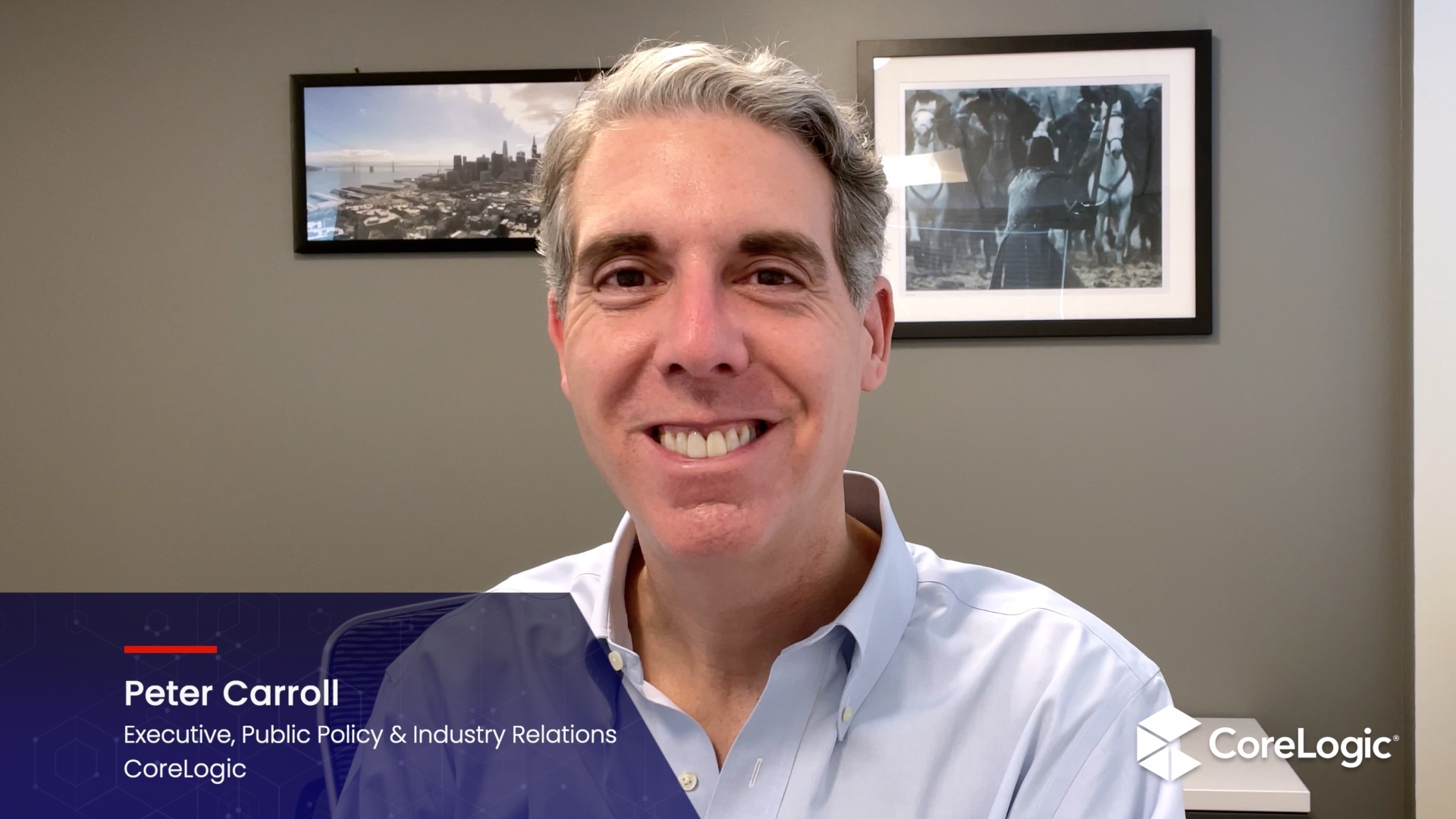
New Episode: The U.S. Housing Supply Crisis: Homeownership Demand Challenges
Hi! I’m Pete Carroll, executive of public policy at CoreLogic, and today I’m going to talk about what it is we mean exactly when we refer to the Trust Gap.
There is a long, well-documented history of housing discrimination in the U.S., particularly as it pertains to U.S. Housing Policy. Even if we merely only go back as far as The New Deal, there are no shortage of examples.
As part of The New Deal, the Federal Housing Administration, or FHA, mortgage loan insurance program was created to provide banks with greater certainty regarding the credit risk associated with lending to families in the wake of the Great Depression. There was a practice referred to as “redlining,” which entailed coloring in red neighborhoods on the maps to which lenders were not permitted to lend. These areas were predominantly African American neighborhoods.
At the same time, veterans returning from World War II were granted down payment assistance under the GI Bill. This gave them the ability to purchase homes in the suburbs and grow a family, using loans backed by the FHA and the Veterans Administration. However, due to redlining practices, most African American veterans and their families could not share in this benefit.
The 1970s ushered in an era of new civil rights that included very important consumer protections with respect to mortgage financing. New laws such as the Equal Credit Opportunity Act, Fair Housing Act, and the Home Mortgage Disclosure Act made it unlawful for lenders to discriminate on the basis of race, religion, national origin, sex, gender, marital status, age, and more. They also included important new disclosures to allow regulators to monitor markets for this activity and enforce the laws appropriately.
There are many great books and publications, like The Color of Law by Richard Rothstein, that offer an in-depth accounting of the history of discriminatory practices in the U.S., and I highly recommend them, as they do a much better job of unpacking these issues.
That said, notwithstanding these important reforms, the Financial Crisis of 2008, still fresh in the minds of many in the industry today, demonstrated that predatory lending practices can still “find a way.” Millions of low-income homeowners, who were disproportionately African American or Latinx, lost their homes to irresponsible lending practices. These included supposedly innovative product designs that had opaque and confusing payment behaviors, high interest rates, and, too often, a fundamental lack of attention to even basic underwriting principles.
The result was a massive foreclosure wave from which the mortgage system has only recently fully recovered. For example, according to CoreLogic, as home prices fell after peaking in early 2006 and the unemployment rate rose sharply during the Great Recession, the foreclosure rate jumped from 0.6% at the end of 2006 to 3.6% at the end of 2010. More than 10 million homeowner families lost their homes due to distressed sales. Moreover, it decimated all the gains in African American homeownership rates that had been made since those crucial 1970s reforms were put into place. In 2004, the Black homeownership rate peaked at 50% and by 2016 it had fallen to 42%.
As a result, it’s not hard to understand how people of color might not trust the mortgage system and dream of homeownership that has served white families so well over the last century. This is what we refer to as the Trust Gap. And bridging this gap is simply table stakes if we are ever to see a housing system that works for everyone. In a following segment, we’ll explore some of the solutions to this problem.
© 2021 CoreLogic, Inc. All rights reserved.


